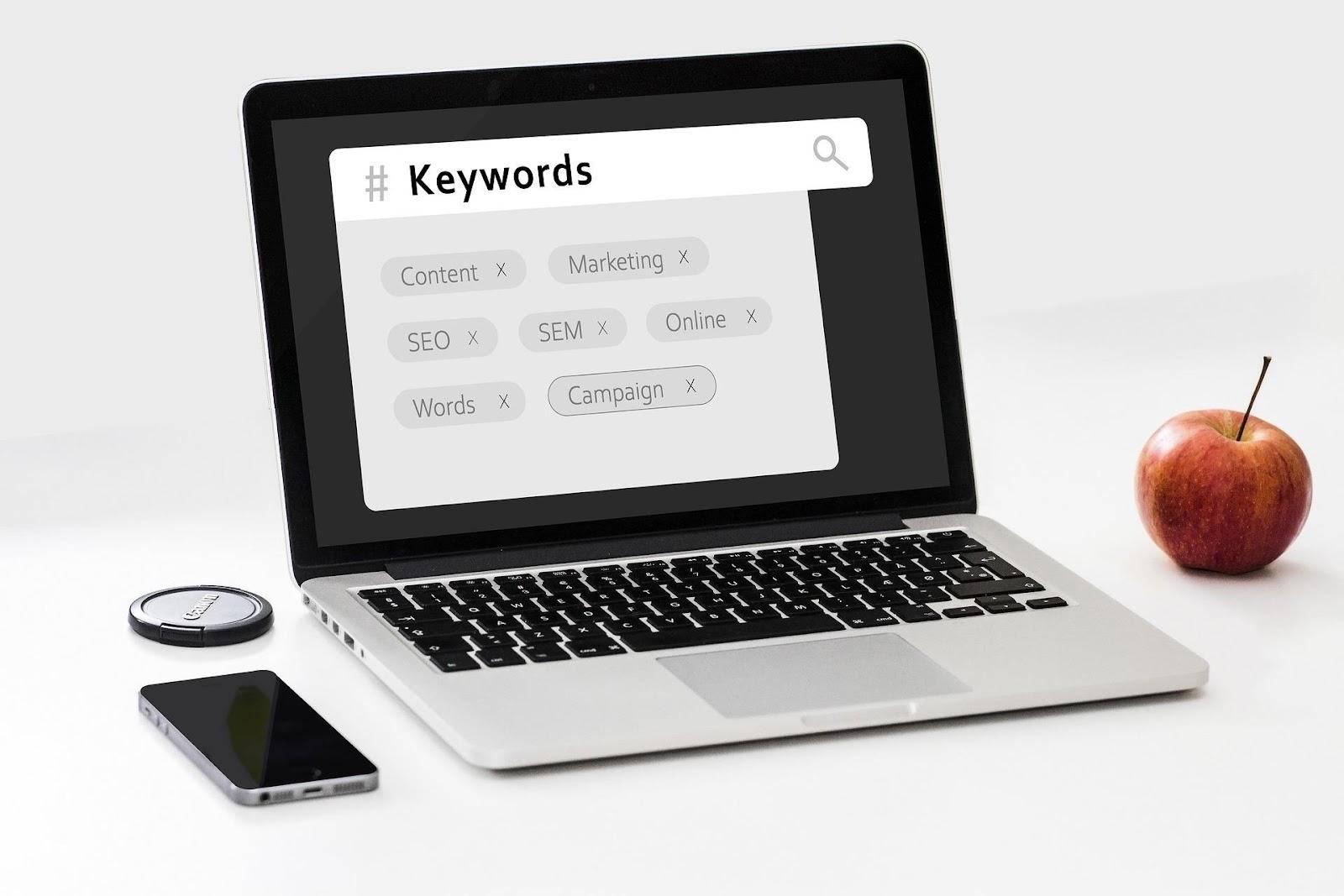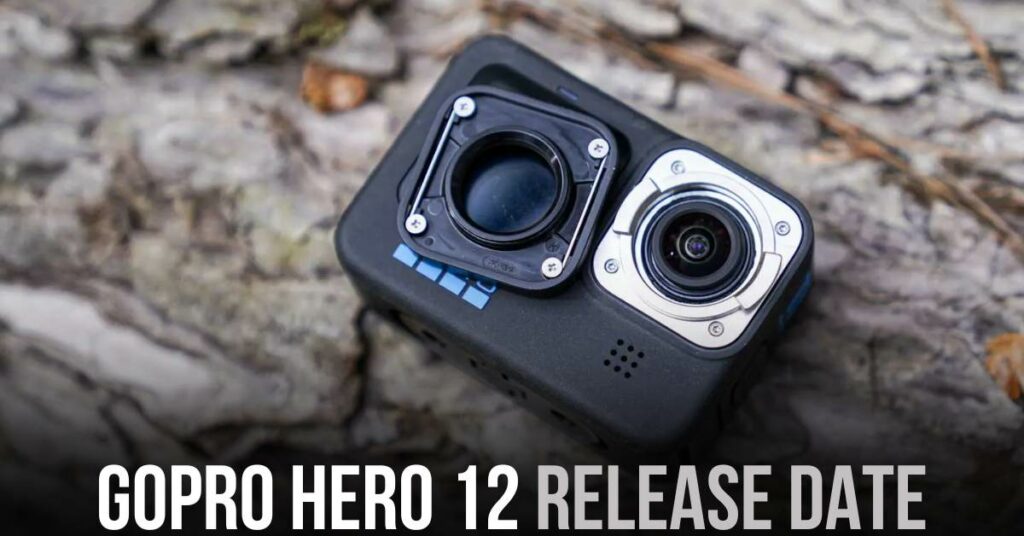Wordpress is the fastest-growing CMS. There are more than 500 wordpress sites created daily. With all these sites coming up and more relevant content created in your niche, it can take time to rank. Wordpress SEO helps improve a website’s ranking on search engines and drives more organic traffic.
For better rankings, you have to improve your website’s content, structure, and on-page elements like titles, meta descriptions, and headers.
You should look at your website’s content, design, and technical setup to see where you need improvement. You can always do all the work yourself or hire a Wordpress SEO expert to help you out.
This article discusses how to improve SEO on wordpress for better search engine visibility. Let’s dive in.
Improve WordPress SEO ranking with these tips
Here are some SEO tips that help you to find out how to improve seo ranking wordpress.
Choose an SEO-friendly theme
A slow or poorly designed theme can hurt your website’s ranking. Here are things to consider when settling for a theme.
- A responsive design;
- Supports plugins;
- A clean code;
- Compatible with multiple browsers;
- Has page builder integrations;
- Loads faster;
Go easy on plugins
Once you’ve installed your theme, the next step is to install an SEO plugin. SEO plug-in allows you to optimize your metadata easily. It allows the website masters to optimize your website code and structure, making it easy for search engine spiders to crawl by.
You might be tempted to install many plugins to make your site SEO-friendly, but that’s not a good idea. Each plugin adds code to your site. Unfortunately, too much code can hurt your ranking. Instead of installing a bunch of different plugins, try to find ones that serve multiple purposes.
For example, the Yoast SEO plugin helps you with your meta tags and titles and lets you control which pages are indexed by search engines. It also gives you the option to index certain pages. So, it’s like a one-stop shop for all your SEO needs.
And if you’re really worried about code bloat, you can always install a plugin like WP Rocket, which helps you minify and cache your code, making your site run faster.
Setting up a site map & permalinks
Once your site is live, you’ll want to set up a site map and permalinks. The site map helps Google understand your site’s structure and how each page relates to the others.
Permalinks are the permanent URLs for your posts and pages. They should be easy to remember and descriptive of the content on that page. Google likes to see URLs that are easy to understand and match the keywords people are searching for.
Writing quality content for better rankings

Start creating informative, well-written, and keyword-rich content. Aim for quality over quantity. Google favors longer articles ( typically over 1,000 words). However, don’t sacrifice quality for the sake of word count. A shorter, well-written article will always outperform a longer, rambling one.
Find keywords that are appropriate for your niche and have a respectable number of monthly searches by doing your study. But beware of keyword stuffing. It’s when you cram too many keywords into your content in an attempt to game the system. Not only will this irritate your readers, but it will also get you penalized by Google.
Use an SEO-friendly URL structure
An SEO-friendly structure implies keeping your URLs short, simple, and easy to understand. Here are things to keep in mind when creating your URLs:
- Start with the page title;
- Avoid putting special characters like commas, spaces, semicolons, and quotes; URLs with these characters can be hard to link;
- Include keywords;
For example, instead of using URLs like “www.yoursite.com/blog/?p=123”, try something like “www.yoursite.com/blog/seo-tips-for-better-rankings/.” SEO-friendly URLs are easier for people to remember.
Take advantage of XML sitemap
If you want Google and other search engines to find and index all of your website’s pages, then you need an XML sitemap. This file contains your website’s URLs, making it easy for search engines to crawl your site.
You can create an XML sitemap manually, but using a WordPress plugin like Yoast SEO is the easiest way to do it. Once you’ve installed and activated the plugin, go to SEO → XML Sitemaps and click on the ‘Enable’ button. That’s it!
Yoast SEO will automatically generate an XML sitemap for your website and submit it to Google and Bing for you. You can also find your sitemap’s URL by going to SEO → XML Sitemaps and looking under the ‘Sitemap’ column.
Concluding remarks
So there you have it! The article has covered wordpress SEO tips for beginners and experts. Following these WordPress SEO tips gives your site a better chance of ranking high in search engine results pages. Lastly, you can always hire an SEO expert to ease the work.




